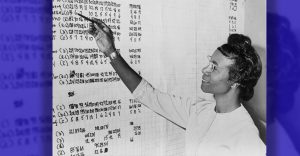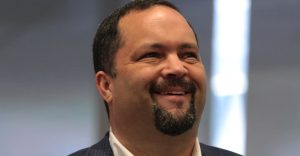Business
Wells Fargo Launches $400 Million Small Business Recovery Effort

Following an April 2020 industry-leading commitment to donate all gross processing fees from the Paycheck Protection Program, on Thursday Wells Fargo unveiled the details of an approximately $400 million effort to help small businesses impacted by the ongoing COVID-19 pandemic keep their doors open, retain employees, and rebuild.
Through Wells Fargo’s new Open for Business Fund, the company will engage nonprofit organizations to provide capital, technical support, and long-term resiliency programs to small businesses with an emphasis on those that are minority-owned.
Through June 30, Wells Fargo funded loans under the PPP for more than 179,000 customers, with an average loan amount of $56,000, totaling $10.1 billion. Of the loans made, 84% of those are for companies that have fewer than 10 employees; 60% were for amounts of $25,000 or less; and, 90% of these applicants had $2 million or less in annual revenue.
Given the federal government’s extension of the PPP, Wells Fargo will reopen its PPP loan application process to eligible customers as soon as possible through a link in Business Online Banking® or CEO®.
“By donating approximately $400 million in processing fees to assist small businesses in need, Wells Fargo’s Open for Business Fund creates opportunities for near-term access to capital and addresses the road ahead to meaningful economic recovery, especially for Black and African American entrepreneurs and other minority-owned businesses,” said Wells Fargo CEO Charlie Scharf. “Wells Fargo is committed to helping small businesses impacted by COVID-19 stay open and get back to growth.”
According to data from Wells Fargo’s June Gallup/Small Business Index, more than half of small business owners surveyed expect either stagnant or decreasing revenues in the coming 12 months.
The Open for Business Fund’s initial grants will allocate $28 million to Community Development Financial Institutions (CDFIs), also known as nonprofit community lenders, aimed at empowering Black and African American-owned small businesses, which are closing at nearly twice the rate of the industry, according to the National Bureau of Economic Research. Among the first grantees:
∙ Expanding Black Business Credit Initiative (EBBC) will support the launch of the Black Vision Fund to increase the flow of capital to Black-focused CDFIs for transformational work to close the racial wealth gap in African American communities. The CDFIs will also receive capital for urgent deployment to impacted businesses in the Mid- Atlantic, Southeast, and Midwest.
∙ Local Initiatives Support Corporation (LISC) will provide grants and low-cost capital to more than 2,800 entrepreneurs with a focus on preventing loss in revenue, sustaining employment, and averting vacancies among vulnerable small business owners in urban and rural markets nationwide.
“Black businesses have faced the largest shutdown of any diverse group in the country,” said Ron Busby, Sr., CEO of U.S. Black Chambers, Inc. “We lost 41%, or 450,000 Black-owned small businesses, in this pandemic so far and all of those businesses provided jobs so we need to accelerate an economic agenda that helps them recover.
“The funding that Wells Fargo is putting back into Black businesses and other minority-owned small businesses across the country is truly going to be appreciated and will give the kick start entrepreneurs need to continue and grow. ”
Beginning Thursday, the Open for Business Fund is accepting applications from CDFIs and special purpose funds formed by CDFIs serving racially and ethnically diverse small businesses for its first grant cycle, open now through August 7.
Additional grant cycles focused on technical assistance and recovery and resiliency will open later this year. Nonprofits can learn more atwww.wellsfargo.com/about/corporate-responsibility/community-giving.
Edith Rocío Robles is an assistant vice president Corporate Communications at Wells Fargo.
Alameda County
Seth Curry Makes Impressive Debut with the Golden State Warriors
Seth looked comfortable in his new uniform, seamlessly fitting into the Warriors’ offensive and defensive system. He finished the night with an impressive 14 points, becoming one of the team’s top scorers for the game. Seth’s points came in a variety of ways – floaters, spot-up three-pointers, mid-range jumpers, and a handful of aggressive drives that kept the Oklahoma City Thunder defense on its heels.
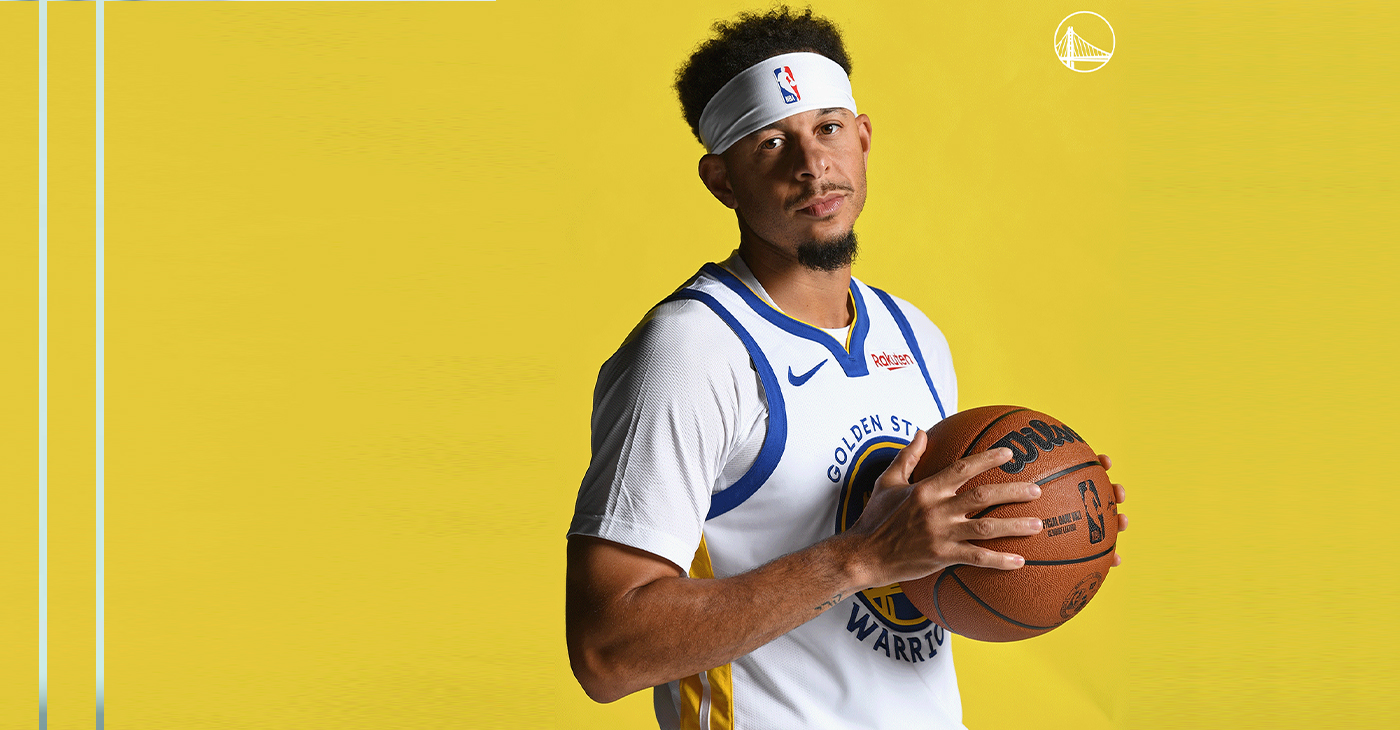
By Y’Anad Burrell
Tuesday night was anything but ordinary for fans in San Francisco as Seth Curry made his highly anticipated debut as a new member of the Golden State Warriors. Seth didn’t disappoint, delivering a performance that not only showcased his scoring ability but also demonstrated his added value to the team.
At 35, the 12-year NBA veteran on Monday signed a contract to play with the Warriors for the rest of the season.
Seth looked comfortable in his new uniform, seamlessly fitting into the Warriors’ offensive and defensive system. He finished the night with an impressive 14 points, becoming one of the team’s top scorers for the game. Seth’s points came in a variety of ways – floaters, spot-up three-pointers, mid-range jumpers, and a handful of aggressive drives that kept the Oklahoma City Thunder defense on its heels.
One of the most memorable moments of the evening came before Seth even scored his first points. As he checked into the game, the Chase Center erupted into applause, with fans rising to their feet to give the newest Warrior a standing ovation.
The crowd’s reaction was a testament not only to Seth’s reputation as a sharpshooter but also to the excitement he brings to the Warriors. It was clear that fans quickly embraced Seth as one of their own, eager to see what he could bring to the team’s championship aspirations.
Warriors’ superstar Steph Curry – Seth’s brother – did not play due to an injury. One could only imagine what it would be like if the Curry brothers were on the court together. Magic in the making.
Seth’s debut proved to be a turning point for the Warriors. Not only did he contribute on the scoreboard, but he also brought a sense of confidence and composure to the floor.
While their loss last night, OKC 124 – GSW 112, Seth’s impact was a game-changer and there’s more yet to come. Beyond statistics, it was clear that Seth’s presence elevated the team’s performance, giving the Warriors a new force as they look to make a deep playoff run.
Activism
Oakland Post: Week of November 26 – December 2, 2025
The printed Weekly Edition of the Oakland Post: Week of November 26 – December 2, 2025
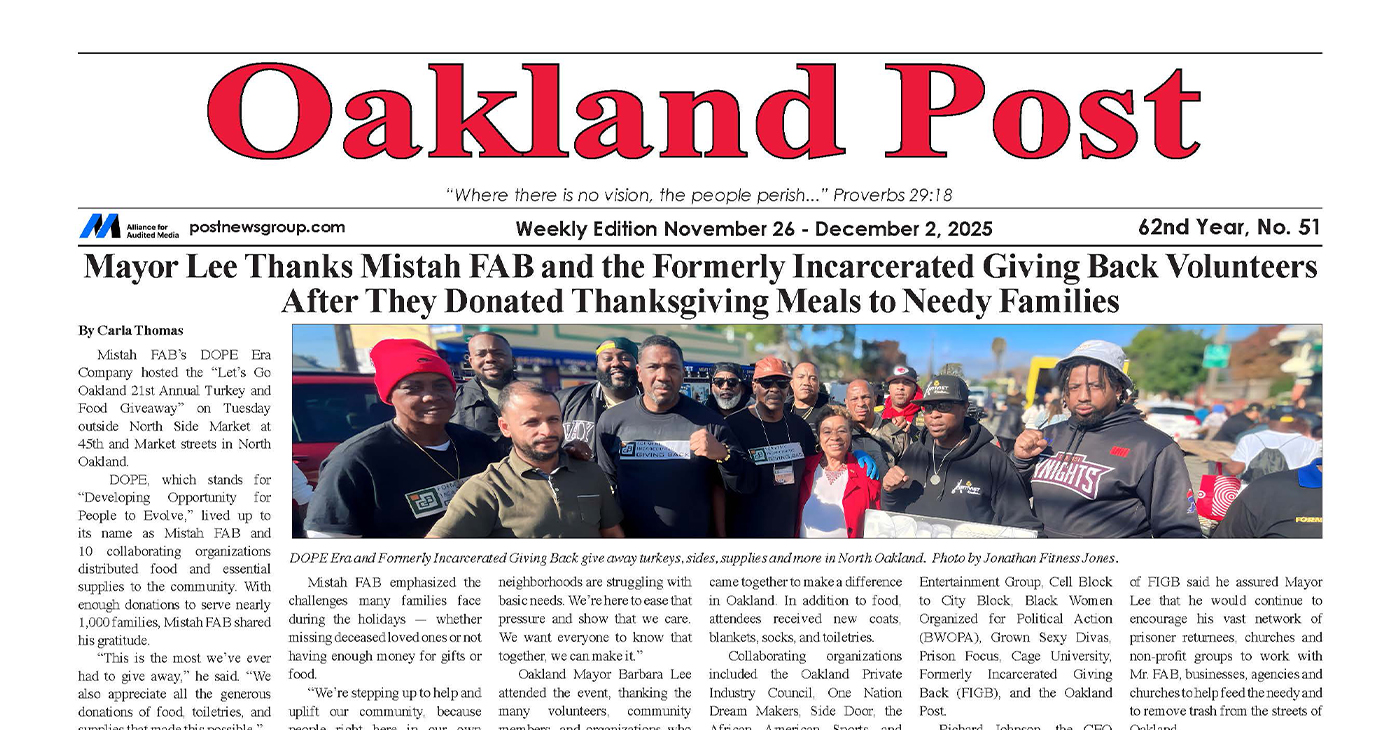
To enlarge your view of this issue, use the slider, magnifying glass icon or full page icon in the lower right corner of the browser window.
Activism
Oakland Post: Week of November 19 – 25, 2025
The printed Weekly Edition of the Oakland Post: Week of November 19 – 25, 2025
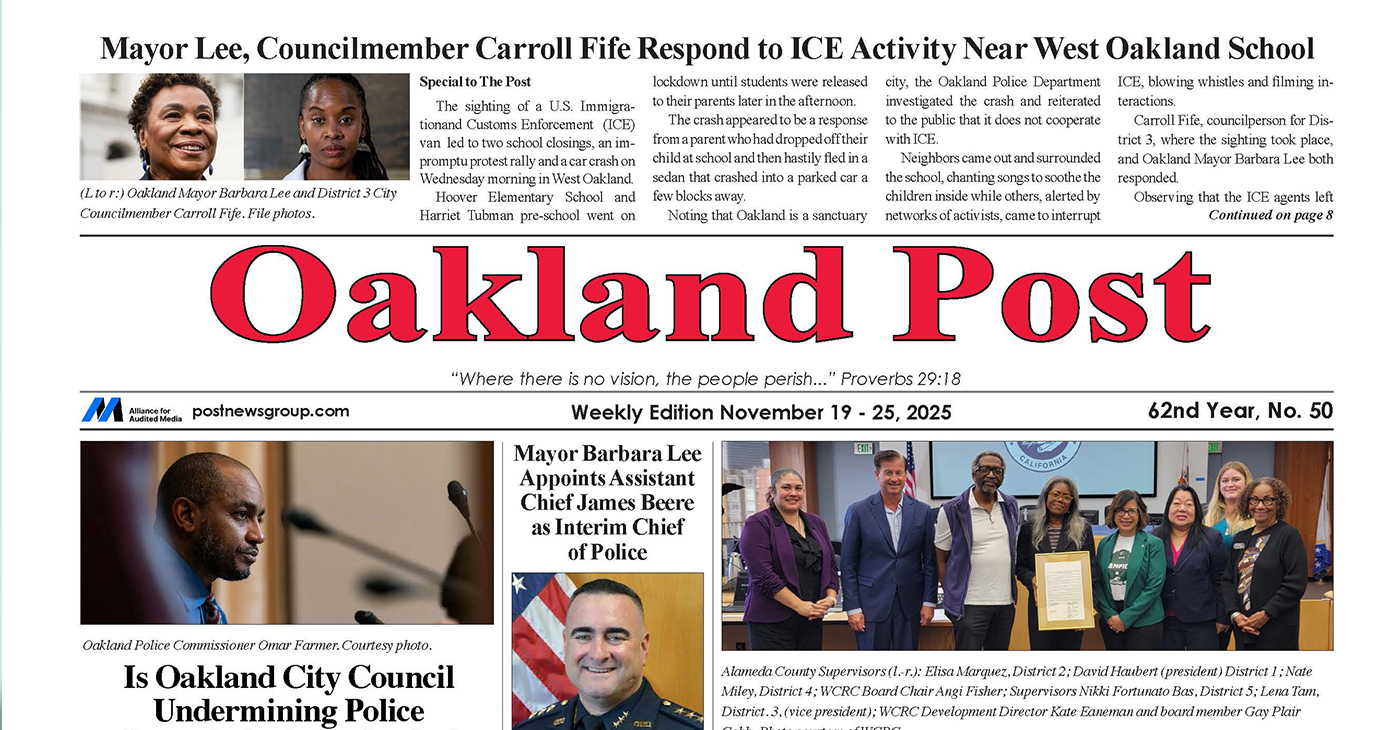
To enlarge your view of this issue, use the slider, magnifying glass icon or full page icon in the lower right corner of the browser window.
-
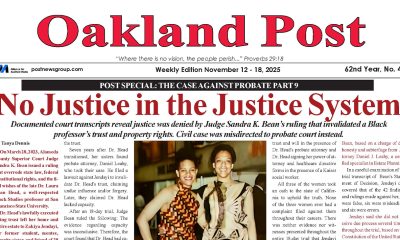
 Activism4 weeks ago
Activism4 weeks agoOakland Post: Week of November 12 – 18, 2025
-
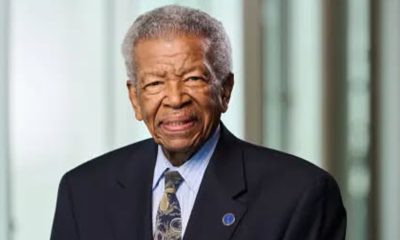
 Activism3 weeks ago
Activism3 weeks agoIN MEMORIAM: William ‘Bill’ Patterson, 94
-

 Activism4 weeks ago
Activism4 weeks agoHow Charles R. Drew University Navigated More Than $20 Million in Fed Cuts – Still Prioritizing Students and Community Health
-

 Bay Area4 weeks ago
Bay Area4 weeks agoNo Justice in the Justice System
-

 #NNPA BlackPress3 weeks ago
#NNPA BlackPress3 weeks agoLewis Hamilton set to start LAST in Saturday Night’s Las Vegas Grand Prix
-

 #NNPA BlackPress3 weeks ago
#NNPA BlackPress3 weeks agoBeyoncé and Jay-Z make rare public appearance with Lewis Hamilton at Las Vegas Grand Prix
-
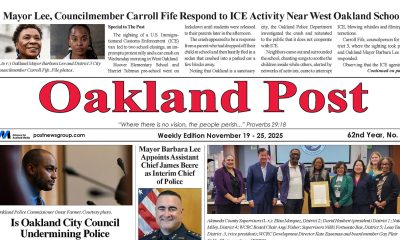
 Activism3 weeks ago
Activism3 weeks agoOakland Post: Week of November 19 – 25, 2025
-

 #NNPA BlackPress4 weeks ago
#NNPA BlackPress4 weeks agoThe Perfumed Hand of Hypocrisy: Trump Hosted Former Terror Suspect While America Condemns a Muslim Mayor

